Anthocleista grandiflora
General Info – summary
This tall straight Tree has a light grey usually unbranched stem to 35m high. The stem ends with huge stiff, leathery, simple, decussate, and stipule lacking Leaves. Initially white, bisexual, regular, 4-merous Flowers resembling white crowns occur in cymose panicles. Stamens have a united base. The single pistil has a superior ovary with an oblong stigma. The Fruit is a leathery berry with many tiny brown seeds.
Description
Previous Names: Anthocleista insignis, Anthocleista zambesiaca.
SA Tree No. 632.
Common names: (Afr) Boskoorsboom, Grootblaarboom, Koorsboom, Wildetabakboom. (Eng) Big Leaf, Cabbage tree, Big-leaf Fever-tree, Fever Tree, Forest Big-leaf, Forest Fever Tree, Tobacco Tree. (IsiZulu) Umhobohobo (Northern Sotho) Mophala. (siSwati) Umhobohobo, Luvungu. (Tshivenda) Mueneene. (Xitsonga) Galudzu, Geludzu. (Fever because people used it to treat malaria).
Family: Gentianaceae. (Gentian family). Most members are neither shrubs nor trees. The simple, entire Leaves lack stipules and are mostly opposite. This family has actinomorphic usually regular bisexual and cymose Flowers with the calyx and corolla at least partly joined. Flowers patterns are various and usually have united sepals and petals. Epipetalous Stamens are present, and are as numerous as the corolla lobes and alternate with them. The anthers open through longitudinal slits. The Ovary is superior. The mature Fruit is a capsule that dehisces along the partitions of the seed capsule. There are about 87 genera and close to 1 700 species in this family. In South Africa, there is 1 genus with 1 species (Anthocleista grandiflora.
Name derivation: Anthocleista: – closed flower. grandiflora – large flower. Anthocleista is a small genus of 15 species. Anthocleista grandiflora is the only species of this genus that occurs in South Africa.
Conservation: National Status: L C. (Least Concern). Assessment: 2005 (W. Foden and L. Potter).
Tree
This tall (to 30m), straight, unarmed Tree has a smooth, light grey Stem (main axis of the plant, the leaf and flower bearing as distinguished from the root-bearing axis). Most lower branches soon fall (photo 763) resulting in the tree being unbranched for a long distance and, when branches do occur, they tend to arch upwards. The tree may reach an impressive height in excess of 30m. The diameter of the slender trunk may reach 50cm. In large trees the trunk may become slightly fissured. The smooth Bark is pale grey to brown (photo 660). The tree has a sparse spreading Crown with huge leaves (photo 764 under Leaves).
- 763. 2014/09/14. Lowveld NBG. Photo: David Becking.
- 660. 2014/09/13. Lowveld NBG. Photo: David Becking.
Leaves
This deciduous or evergreen tree has enormous Leaves that are decussate (opposite pairs of leaves have successive pairs at right angles to each other i.e. rotated 90 degrees along the stem when viewed from above – photos 761 & 762). The large leaves are up to 70 x 25cm especially in young plants or on low branches and are simple (have a single blade that may have incisions that are not deep enough to divide the leaf into leaflets). They are stiff, leathery and obovate (egg-shaped – with the narrower end at the base – photo 761) to oblong in shape. They are the largest simple dicotyledonous leaves in southern Africa. Leaves are glabrous (smooth and hairless) and are concentrated at the ends of branches (photo 764). They are medium to dark glossy green above (photo 762) and lighter and duller below (photo 761). The thick yellowish Midrib (photo 661) and widely spaced lateral Veins (photo 761) are yellowish, distinctively protrude on the lower side and are sunken on the upper side (photo 762). The Apex is broadly rounded and the Base either tapers or is rounded. The usually untoothed Margin is rolled under, wavy (photo 762) and may be toothed (photo 761). The Petiole (leaf stalk) is either absent, short or up to 6cm long. When present it can have a swollen base (photo 661). After the leaves break off, the petioles leave triangular shaped leaf scars (visible on the thin vertical young branch – photo 661). Stipules (basal appendages of the petiole) are absent.
- 764. 2014/09/14. Lowveld NBG. Photo: David Becking.
- 661. 2014/09/13. Lowveld NBG. Photo: David Becking.
- 762. 2014/09/14. Lowveld NBG. Photo: David Becking.
- 761. 2014/09/14. Lowveld NBG. Photo: David Becking.
Flowers
The jasmine-scented Flowers develop at branch ends and are creamy to waxy white but turn yellow then brownish with age. They occur in upright, terminal or branched clusters. Flowers are in cymose (cyme – a broad, more or less flat-topped, determinate flower cluster, with central flowers opening first) panicles (indeterminate, branched inflorescence with stalked flowers). The flower branches are stout (photo 391 under Fruit). Flowers are bisexual and actinomorphic (Regular, symmetrical. Flowers are vertically divisible into similar halves by more than 1 plane passing through the axis). The floral parts are 4-merous (in 4’s). The Calyx is glabrous (smooth and hairless), coriaceous (leathery) and deeply 4-lobed with overlapping edges (photo 391 under Fruit). The white to cream Corolla is trumpet shaped and has a tube, which is about 3,5cm long with 8 to 16 petal lobes are present. These lobes bend back or spread out. Lobes are imbricate (having regularly arranged, overlapping edges, as roof tiles) and are greenish outside but showing a creamy-white within. Stamens are joined at the base forming a ring. They alternate with corolla lobes and emerge, erect through the mouth of the corolla and resemble a crown. The sagitate (shaped like an arrowhead) Anthers have parallel theca (pollen sacs) that open through longitudinal slits. There is a single Pistil (a unit of the Gynoecium, the female element of the flower, composed of the Ovary, Style and Stigma) with a superior Ovary that contains many ovules in each of the 2 locules (compartments). The ovary rests on a fleshy disc (a more or less fleshy or elevated development of the receptacle). The Style ends with a green, oblong, 2-lobed large Stigma that extends just beyond the anthers. The many insects that visit the flowers are probably responsible for pollination. Flowers are attractive but difficult to see or photograph because they often occur so high up. (Sep-Jan).
Fruit
The green, fleshy and ellipsoidal or ovate Fruit (photo 931) is a Berry (pulpy, indehiscent fruit like a grape or tomato). It has a blunt point and a distinctive persistent Calyx is present at the base (photo 931). The fruit is initially green but dries hard and brown and measures about 4,3 x 2,5cm. It contains many tiny, dark brown seeds surrounded by a coriaceous (leathery) pericarp (the wall of a ripened ovary – the tissue around the seed). (Jan-Jun).
- 391. 2018/10/29. Kirstenbosch NBG. Photo: David Becking.
Distribution & Ecology
This is a quick growing forest and forest margin tree – found in moist, even swampy, high rainfall areas or near rivers at relatively low altitudes. In South Africa trees occur in Mpumalanga and Limpopo. Beyond South Africa they occur in Eswatini (Swaziland), eastern Zimbabwe, central as well as northern Mozambique and Kenya, Malawi, Uganda. They also occur in Zanzibar, Comoros (has 3 major islands), Burundi, Cameroon, Caprivi Strip, Burundi, Cameroon, Rwanda, Sudan, Tanzania, Zambia, and Zaïre. Birds eat the Fruit and possibly disperse the Seeds. Elephants browse the Leaves. This is a forest pioneer species. These plants freely Coppice (if stems are cut or burned it causes regrowth from the stump or roots).
Ethnobotany
This fast-growing trees (about 1m per year) grow well from Seeds. that germinate easily and reach close to 4,5m in 4 years. These plants, with their exceptionally big leaves, are frost and cold wind sensitive. The Roots are non-aggressive. This tree is a useful feature plant but requires a good deal of water. The soft, brittle Wood is pale white and not much used. Local medicine makes use of the Leaves and Bark.
References
Boon, R. 2010. Pooley’s Trees of eastern South Africa. Flora and Fauna Publications Trust, Durban.
Burrows, J.E., Burrows, S.M., Lotter, M.C. & Schmidt, E. 2018. Trees and Shrubs Mozambique. Publishing Print Matters (Pty) Ltd. Noordhoek, Cape Town.
Coates Palgrave, M. 2002. Keith Coates Palgrave Trees of Southern Africa, edn 3. Struik, Cape Town.
Foden, W. & Potter, L. 2005. Anthocleista grandiflora Gilg. National Assessment: Red List of South African Plants version . Accessed on 2025/02/26.
Lawrence, G. H. M, 1951. Taxonomy of Vascular Plants. The Macmillan Company, New York. Tenth Printing 1965.
Palmer, E. & Pitman, N. 1972. Trees of southern Africa. Balkema, Amsterdam, Cape Town.
Schmidt, S. Lotter, M. & McCleland, W. 2002. Trees and Shrubs of Mpumalanga and the Kruger National Park. Jacana, Johannesburg.
van Wyk, B. & van Wyk, P. 1997 Field guide to Trees of Southern Africa. Struik, Cape Town.
http://www.plantzafrica.com/plantab/anthocleistagrand.htm
https://en.wikipedia.org/wiki/Anthocleista_grandiflora
http://pza.sanbi.org/anthocleista-grandiflora
http://www.zimbabweflora.co.zw/speciesdata/species.php?species_id=144460
http://posa.sanbi.org/flora/browse.php?src=SP

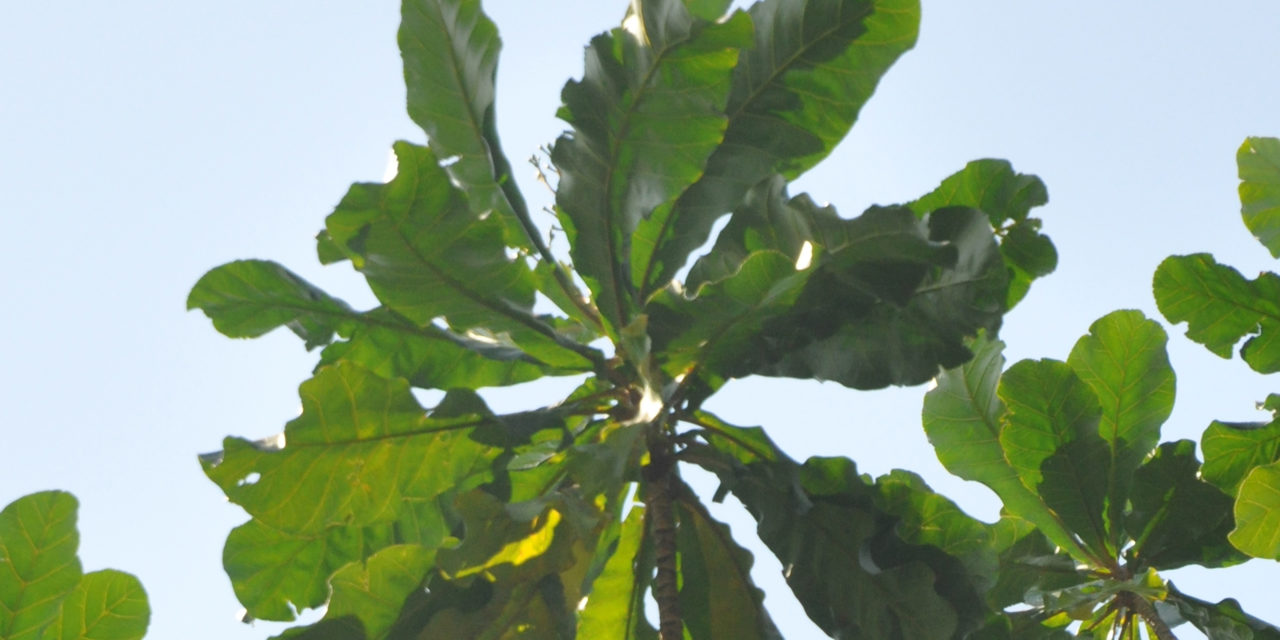
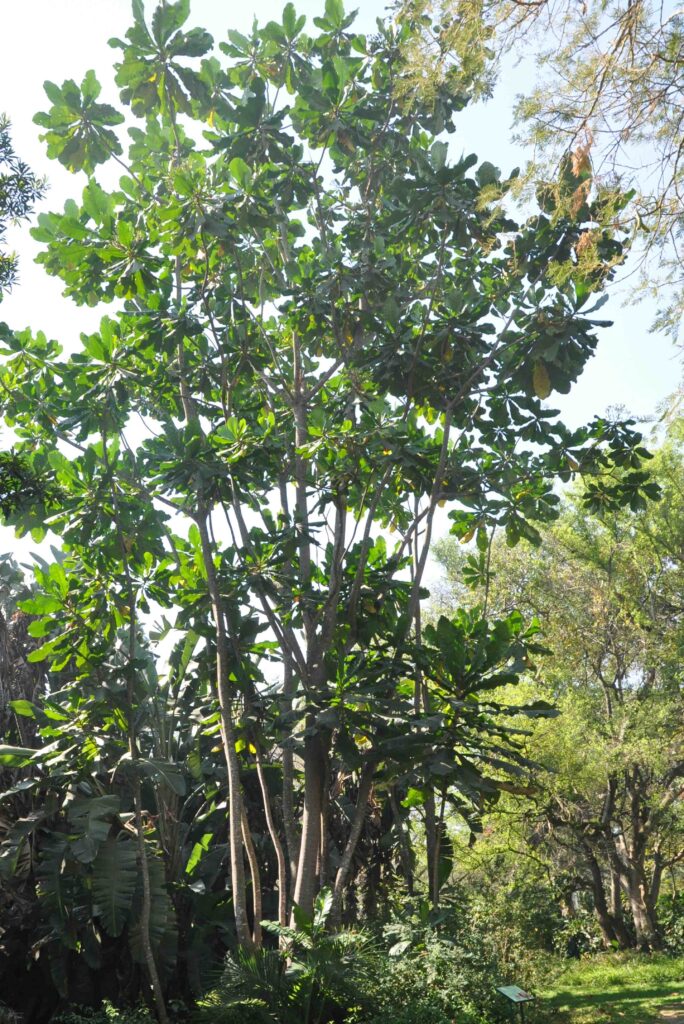
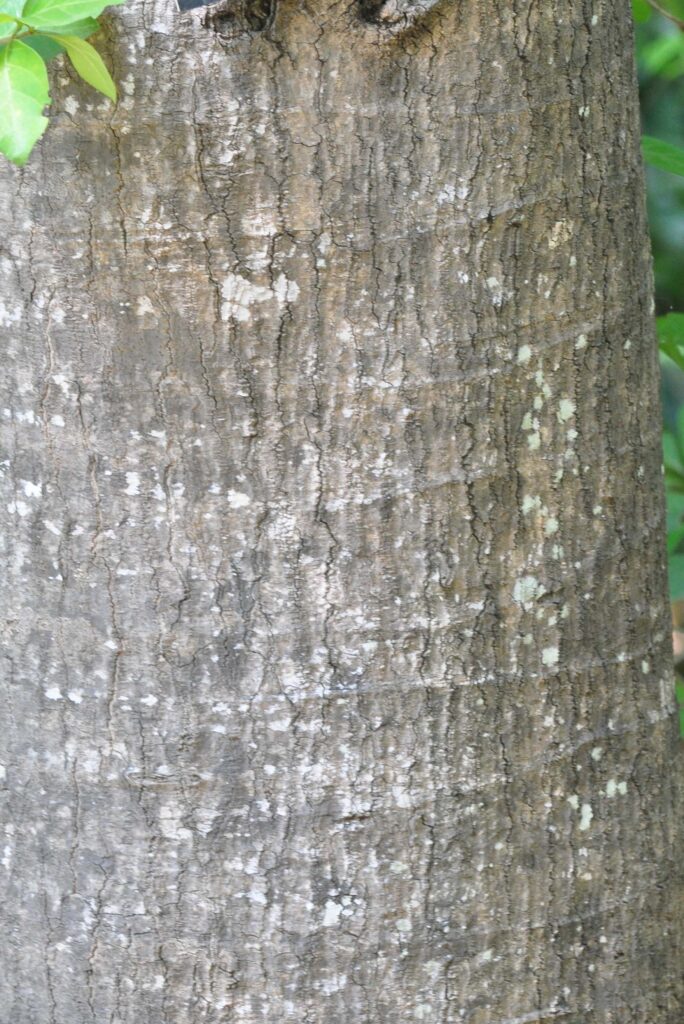
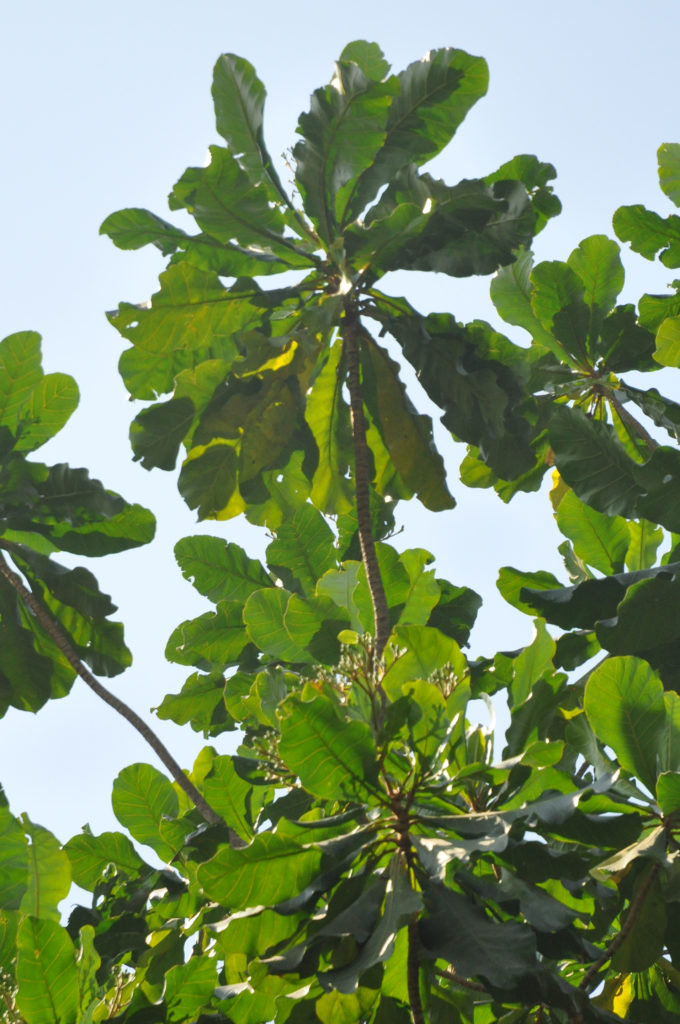
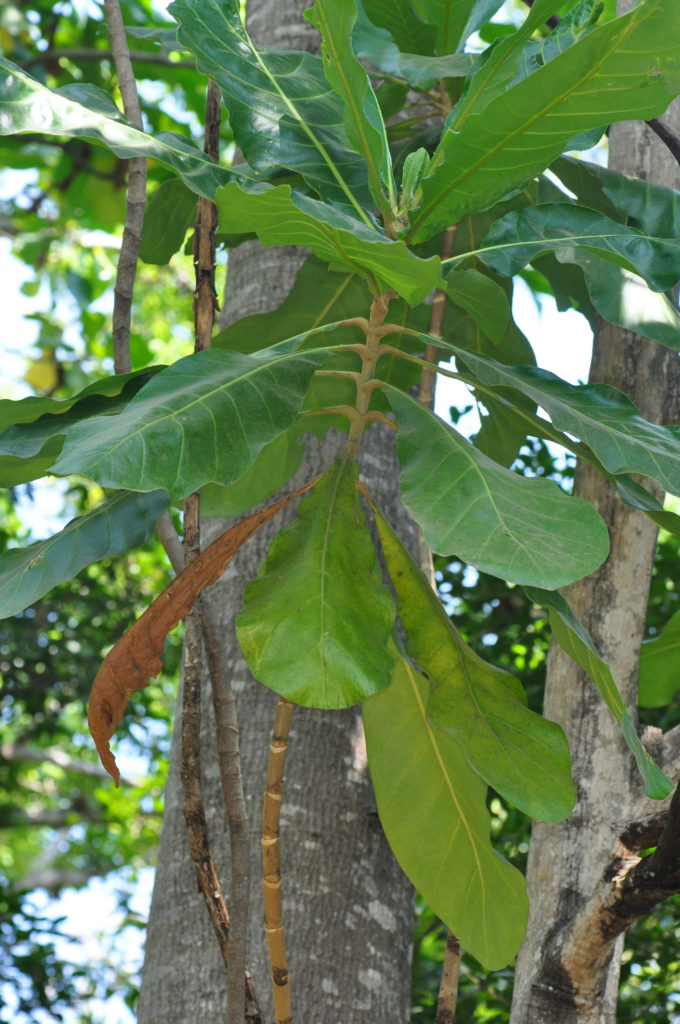
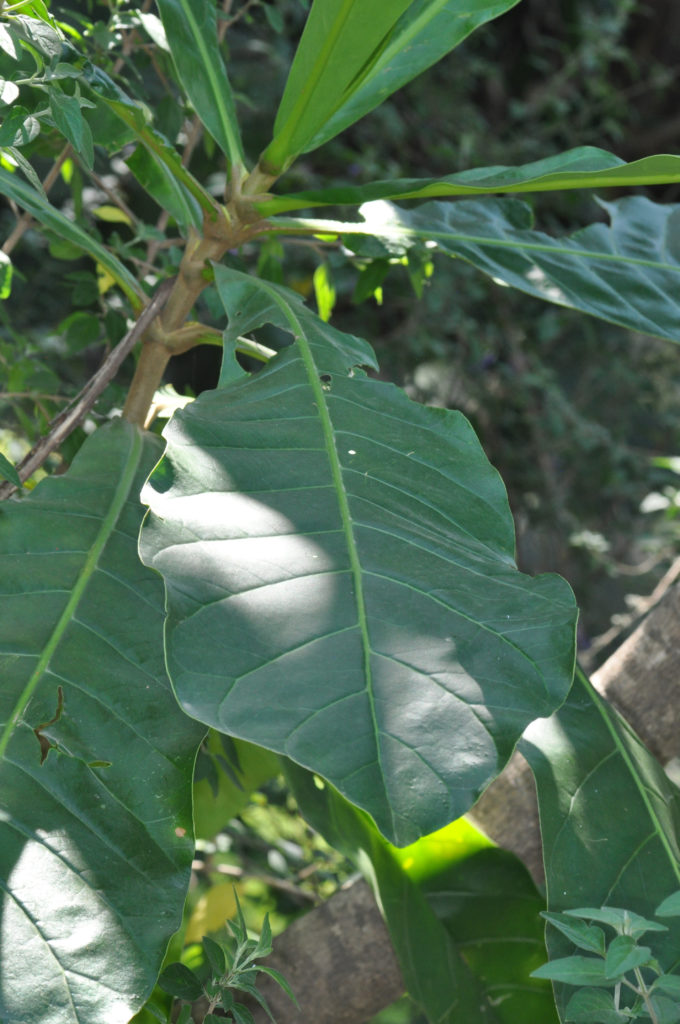
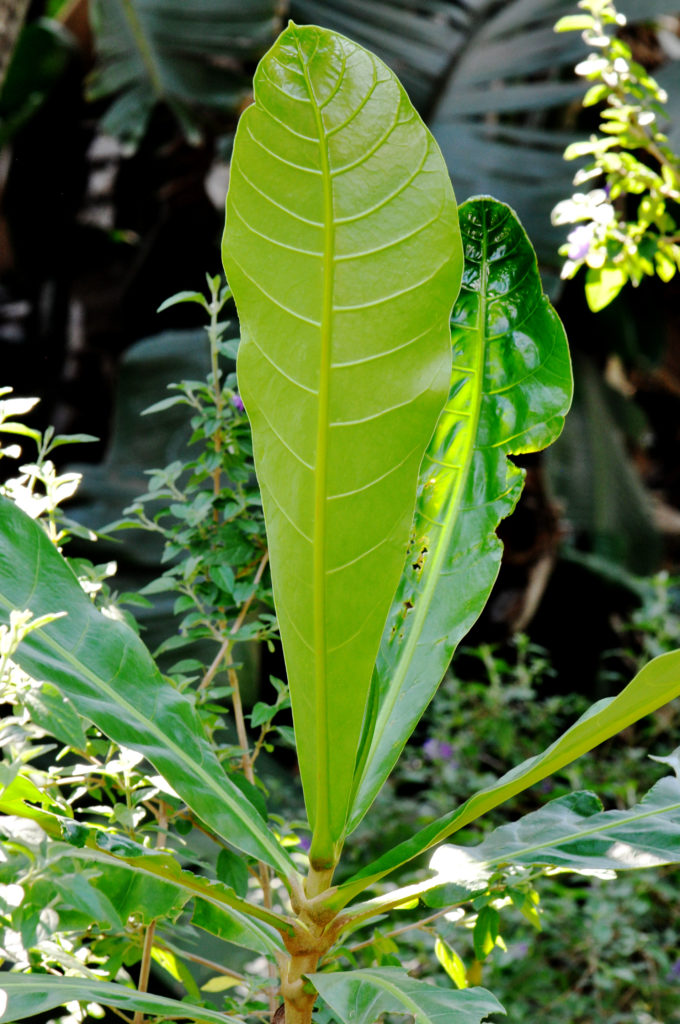
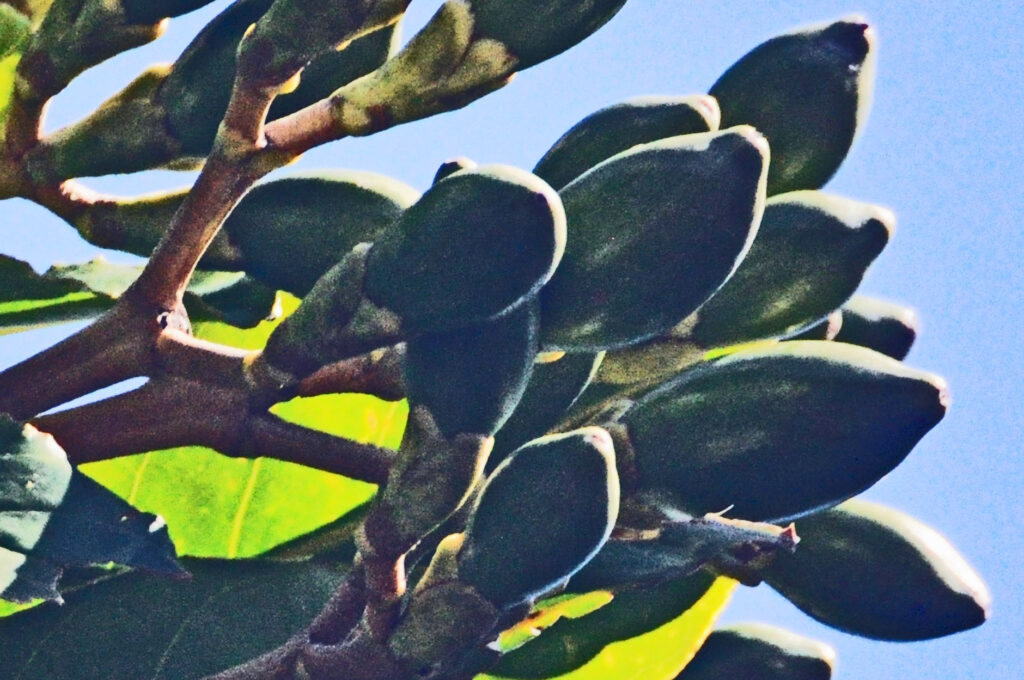
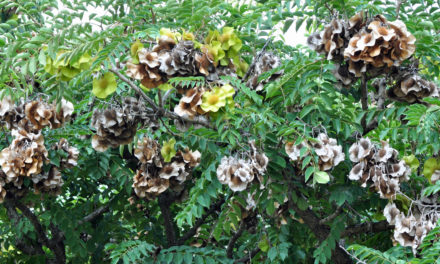
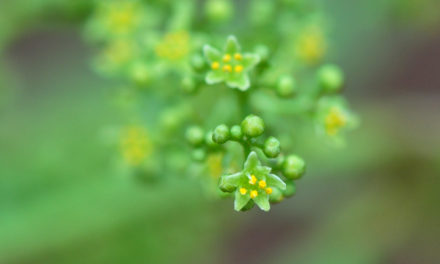
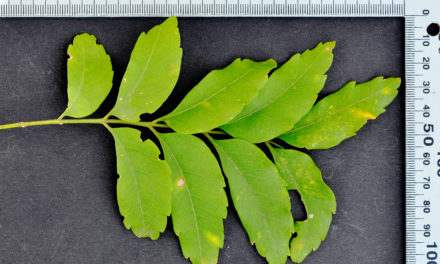

Thank you so much for all this info!!! Been trying to identify this baby for ages.
A pleasure. Take care.
Hi, where around Pretoria/Johannesburg can I buy this plant or its seeds?
Greetings Lerato, https://cjmgrowers.co.za/anthocleista-grandiflora.
You could try https://cjmgrowers.co.za/anthocleista-grandiflora or https://www.bidorbuy.co.za/item/77500186/10…
Take care
David